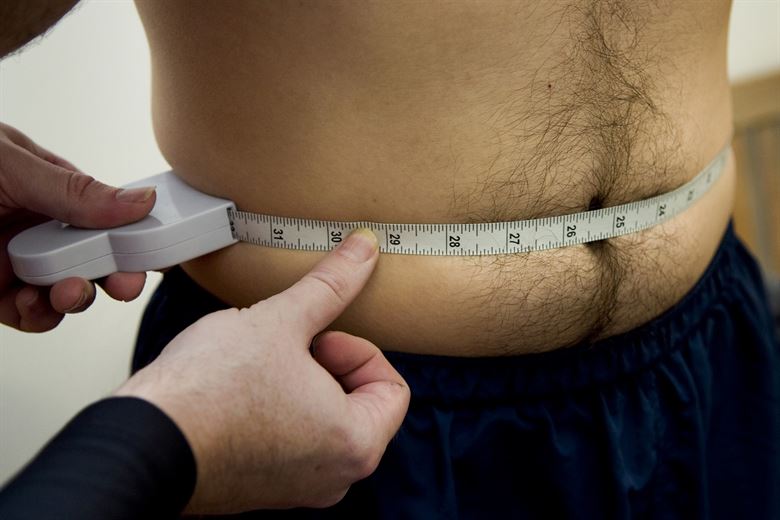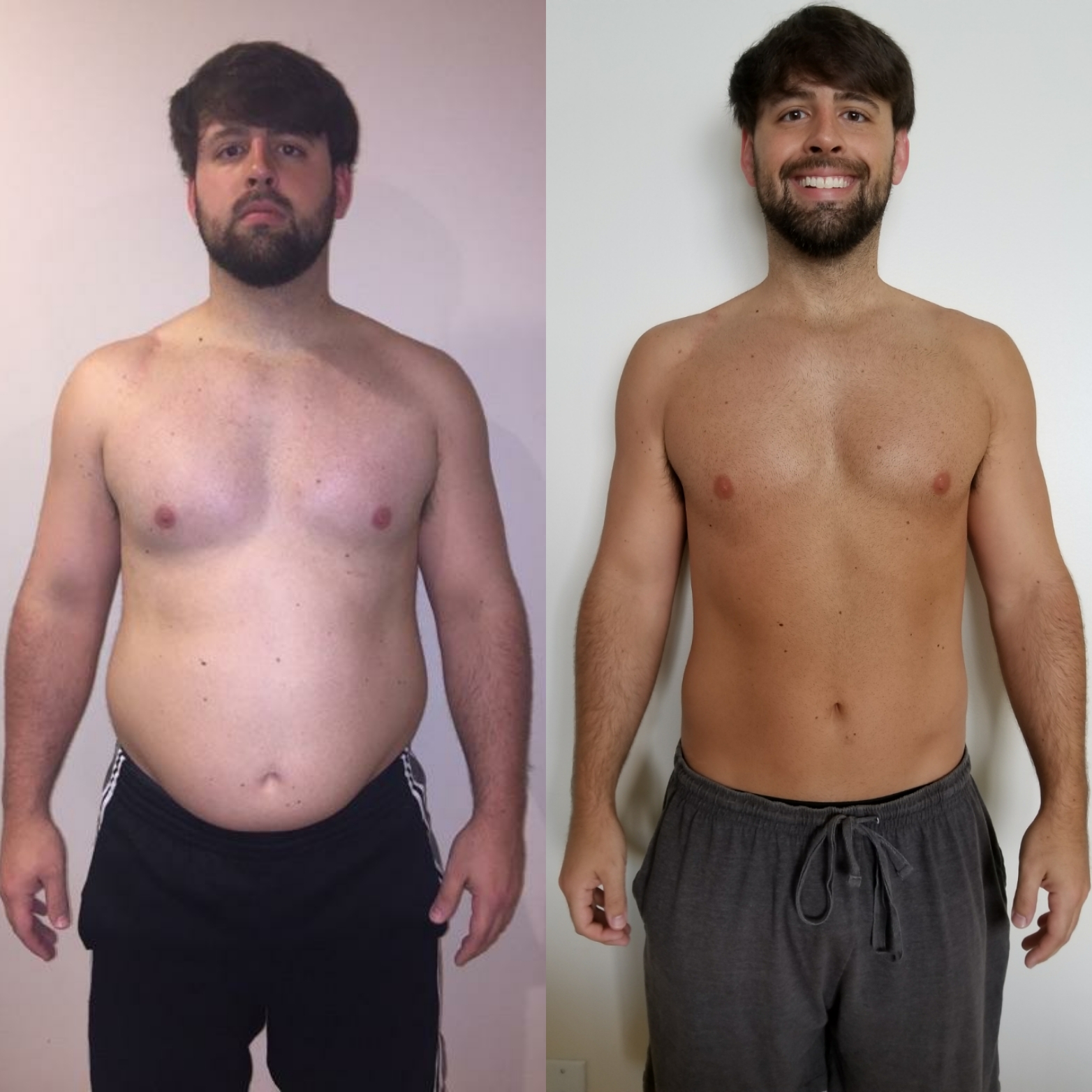We need to track our progress on a fat loss journey. Tracking progress does two things:
It allows us to see the changes taking place, which reassures us that what we're doing is working and motivates us to continue.
It allows us to see when we've hit a stall, which lets us know when a change needs to be made.
While almost everyone is in agreement that tracking progress is necessary for a successful fat loss journey, few agree on how progress should be tracked. Some say you should weigh daily. Some say weekly. Some say you shouldn't weigh yourself at all. You should use waist measurements. Others say let the mirror be your guide. There are valid arguments for and against each of the above methods; however, if you use any one of those methods alone, you'll be missing part of the picture. That's why I use a three-pronged approach to progress tracking with my clients:
1) Daily Weigh-Ins
Let me immediately make myself clear. You CAN NOT use a single weigh-in to accurately assess progress. If you see a small bump up in weight on one day (or even a few days in a row), don't think that your progress has stalled. Similarly, if you see small bump down in weight on one day, you shouldn't necessarily think that means your diet is working either.
You can track every bite of food and every ounce of water. The scale WILL NOT go down each and every day on a diet. There are simply things beyond our control at play here. Stress from work can cause cortisol levels to go up, which causes water retention. We might get in late one night and have our last meal a lot later than usual, meaning we will have some of that food in our stomach still when we weigh the next morning. Water retention occurs during certain points of the menstrual cycle. This water can account for 2-3 pounds of scale weight and stick around for a whole week. Fat loss is NOT linear. Take a look at this graph from one of my former clients.
He went on to lose 40 pounds in less than four months but even as fast as he was losing, he still had stalls and even bumps up in weight during that time.
Why do we take daily weigh-ins then? Those stalls and bumps up and down in weight are the reason we weigh-in daily. If you're weighing yourself weekly, you may weigh-in on a light day one week and a heavy day the next week. If this is the only information you have to go on, you may think you've hit stall when you're actually making great progress.
Do you want to build muscle and shred fat?
Click to learn my scientifically proven process for creating workout plans that will help you finally get the body you've always wanted.
While each daily weigh-in provides very little value by itself, the weigh-ins collectively allow us to get a weekly average, which is a crucial piece of information. Weekly averages wash out the day to day fluctuation, allowing us to get a more accurate picture of our progress.
How to properly weigh yourself:
In order to get the most consistent daily weigh-ins possible, follow these simple steps:
Weigh as soon as you wake up.
Weigh in your underwear.
Use the bathroom before you weigh.
Do not drink or eat anything before you weigh.
Pro Tip: Use a digital scale. The decimal number is important for accuracy.
2) Weekly Waist Measurements
The scale can tell us if we're losing or gaining weight; however, it can't tell us if that weight is coming from fat. All (good) fat loss plans will include resistance training. If you're a beginner, your muscles will be growing quickly in order to adapt. This is a good thing. The only problem is it can make the scale move more slowly and in some cases, make the scale stop moving completely. This is because you're putting on muscle at the same rate you're losing fat.
This can lead to people thinking they've hit a stall when they haven't. On the other hand, someone may think the scale has stopped because they're gaining muscle but in reality, they've hit a plateau. Using a waist measurement will eliminate this confusion. If your waist measurement is going down, you can be relatively certain you're losing fat.
How to properly measure your waist:
Relax your stomach. Do NOT suck in, cheater! :)
Take a tailor's tape and wrap it around your stomach, starting at your navel.
Make sure to get the tape snug but don't dig in.
Put your finger on the tape where it meets the starting point of the tape.
Look at where your finger is on the tape and write that number.
Take your waist measurement on the same day and at the same time of day each week (preferably in the morning when you weigh-in), to minimize variables.
3) Monthly Progress Pictures
Progress pictures are the least objective measure of progress, of the three methods I use, but they still have value. Progress may be slow on the scale and may be on the measuring tape too. For example, you may not be seeing any changes in your waist measurement, but you could be seeing some new definition in your arms or back areas.
I think the main benefit of progress pictures is the motivation factor. Diets are fun in the beginning. You're starting something new. You're eating better and exercising more so you feel good physically and mentally; however, as the diet goes on, that excitement wains and you're just hungry and grumpy. Comparing where you are now versus where you were when you started is a MAJOR motivator. Often this can provide enough motivation to push through to the end of the diet. Plus, it sure is fun to show people your before and after pictures.
How to properly take progress pictures:
Take front, side, and rear pictures as shown below.
Make sure the area is well lit.
Take the pictures in front of a single color/plain wall that's a different color than your clothes.
(Men) Take the pictures shirtless, wearing either gym shorts or boxers.
(Women) Take the pictures in a two-piece bathing suit or in a sports bra and short shorts.
Take the pictures on the same day of the week and at the same time of day to minimize variables.
For example, you can do the first Saturday of each month immediately upon waking.
Alternatively, you could take the pictures on the same day every four weeks.
As tempting as it may be, don't suck in. If you cheat in your before pictures, you will see much less change in your progress pictures, making them less motivating.
Pro Tip: Get someone to take the pictures for you or use a tripod and a timer to ensure the best quality and most accurate representation of your progress.
Body Fat Analysis
You may be asking why I haven't recommended body fat measurements. While body fat measurements can be useful, all methods of body fat analysis have some margin of error (especially bioimpedance testing) and that margin goes up if the individual performing the analysis isn't properly trained. Plus, you typically have to pay someone to do this for you. (I also wouldn't recommend you use calipers to measure your own body fat. Quality calipers cost hundreds of dollars and require training to use properly.)
Takeaway
If you use all three of these methods in conjunction with one another, you will have all the puzzle pieces required to see the full picture rather than having just one piece and being confused as to what you're looking at. I would also like to remind you of what I said at the beginning. Fat loss IS NOT linear! If you think you've hit a fat loss stall, read (or listen to) these three articles before making a change to your diet:
Has Your Fat Loss Progress Stalled?
What To Do If Your Fat Loss Stalls
What To Do If Your Fat Loss Stalls - Part II
Thank you so much for reading! If you found this information helpful and think others will benefit from it as well, please give this article a share on social media. It helps us out more than you know. If you like what I have to say, sign up below to become a Treadaway Training insider and never miss a post or video. I will be back next week with another fat loss topic. As always, God bless you AND your family and I'll see you next week.











